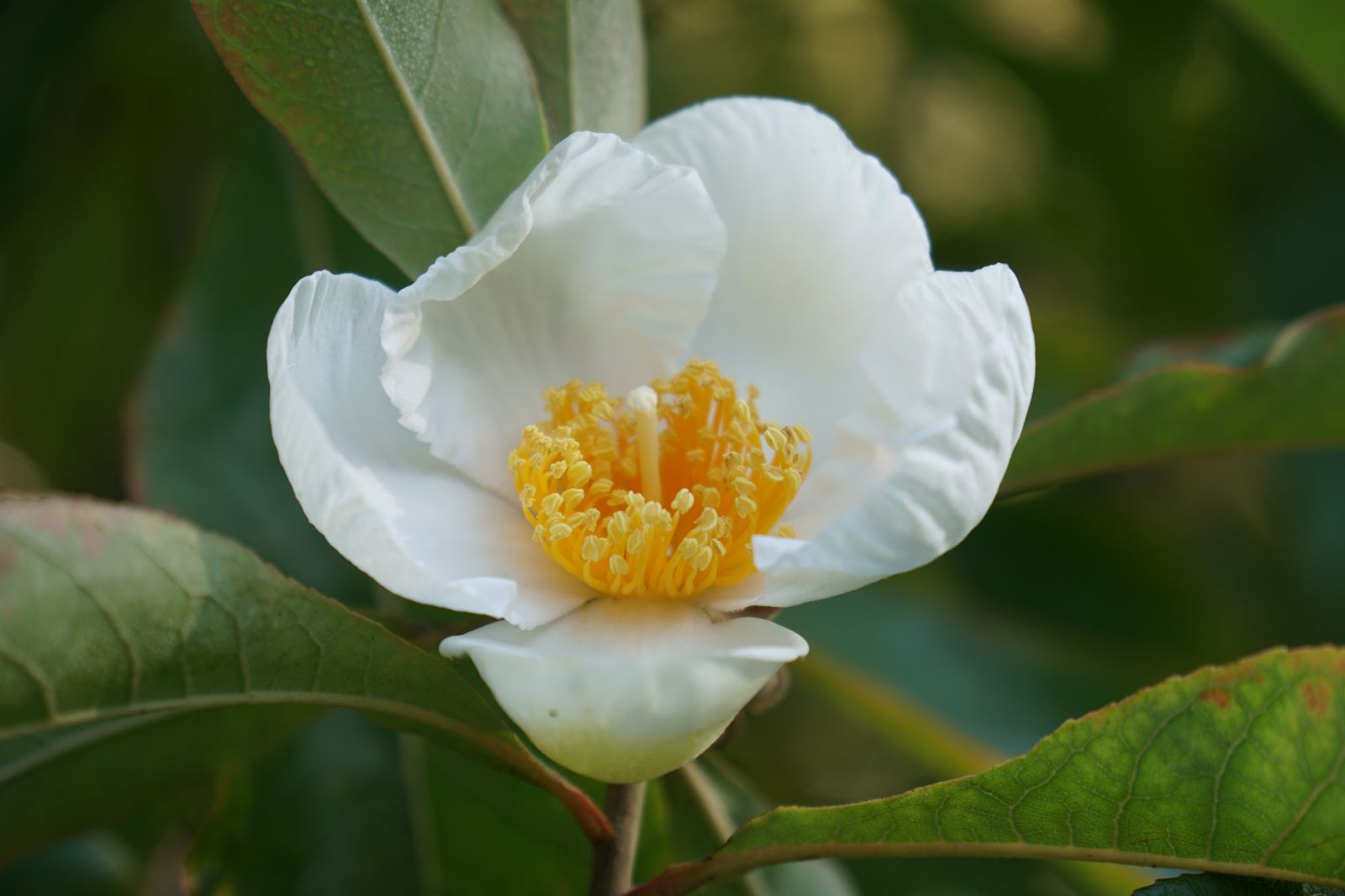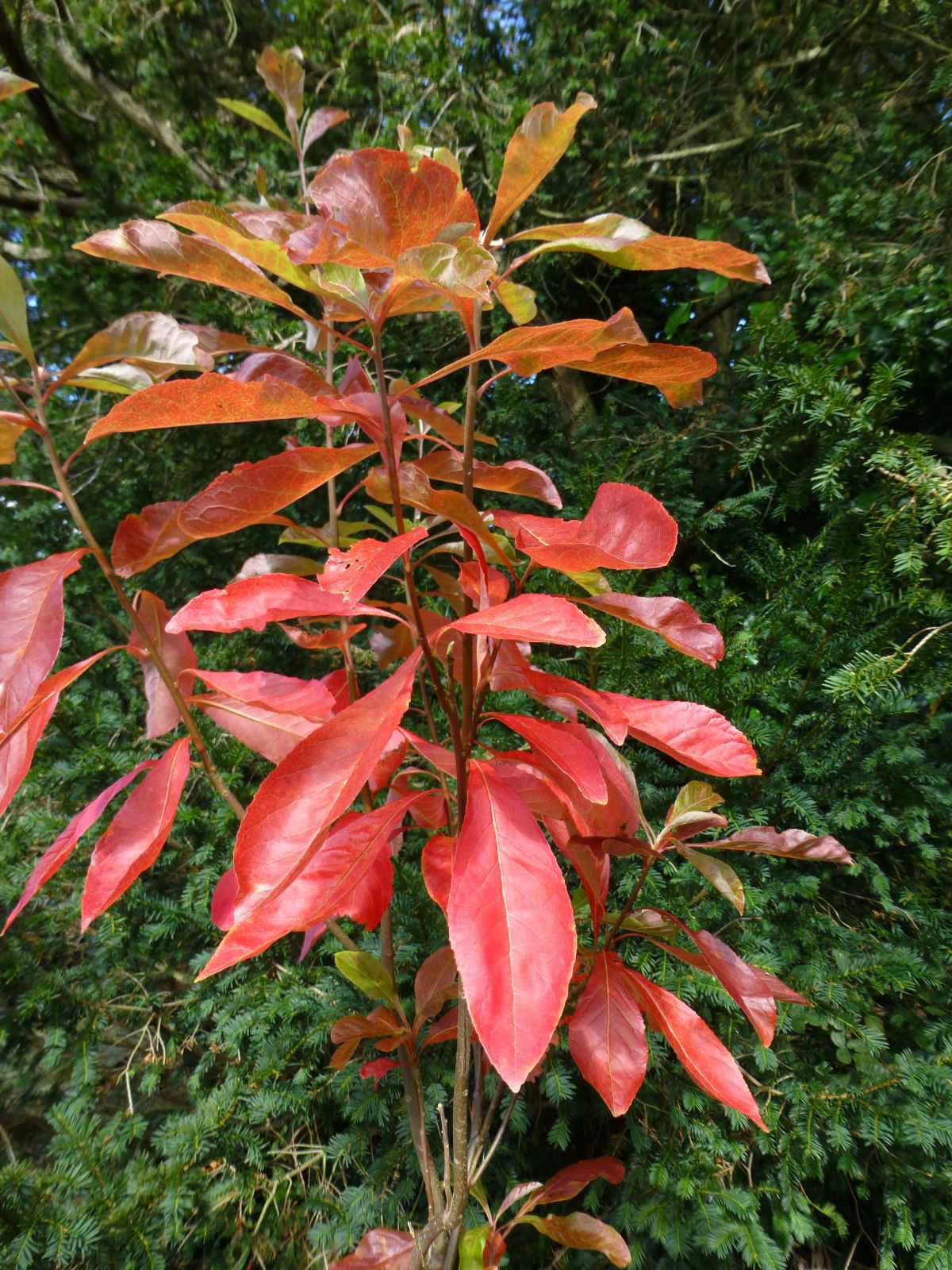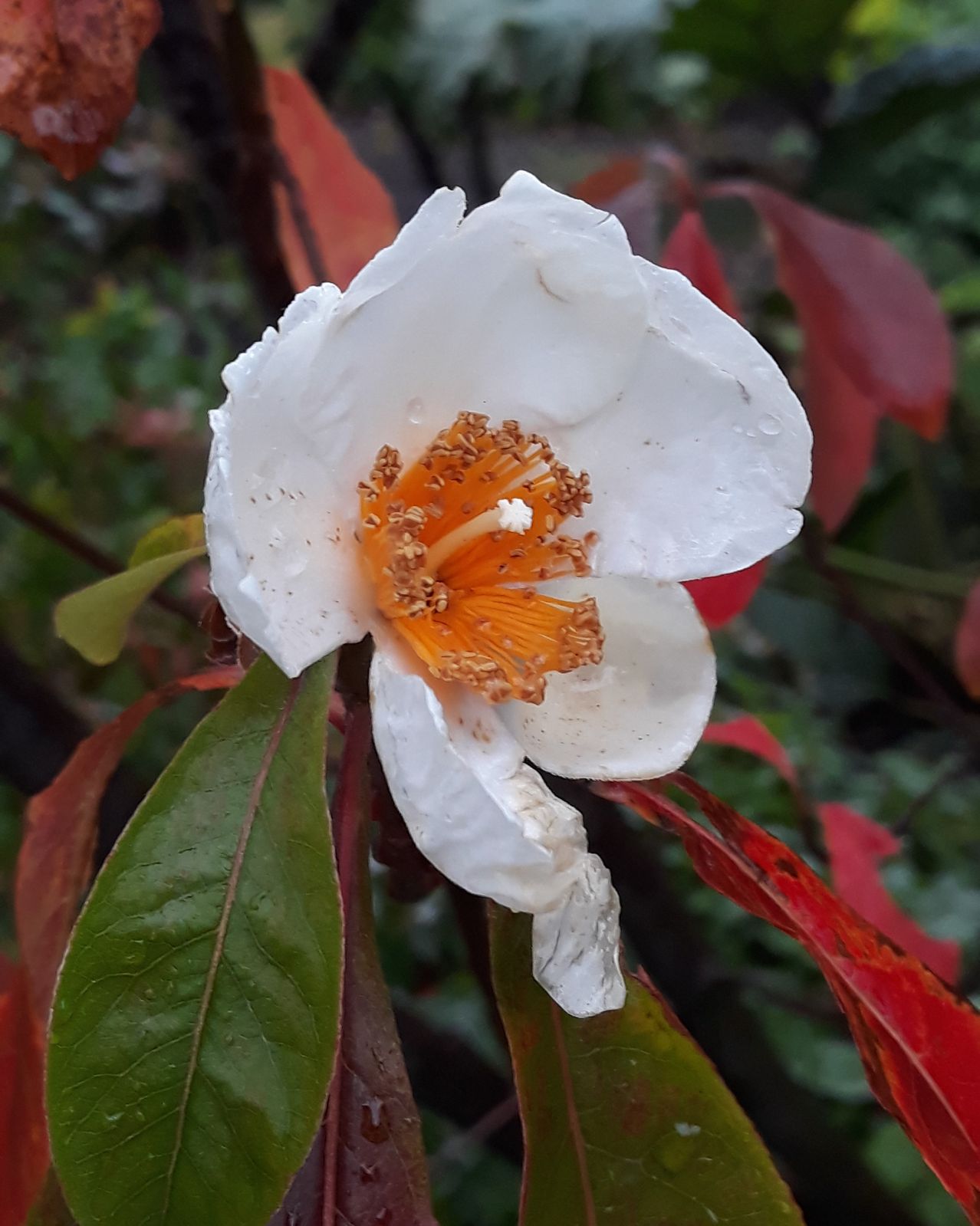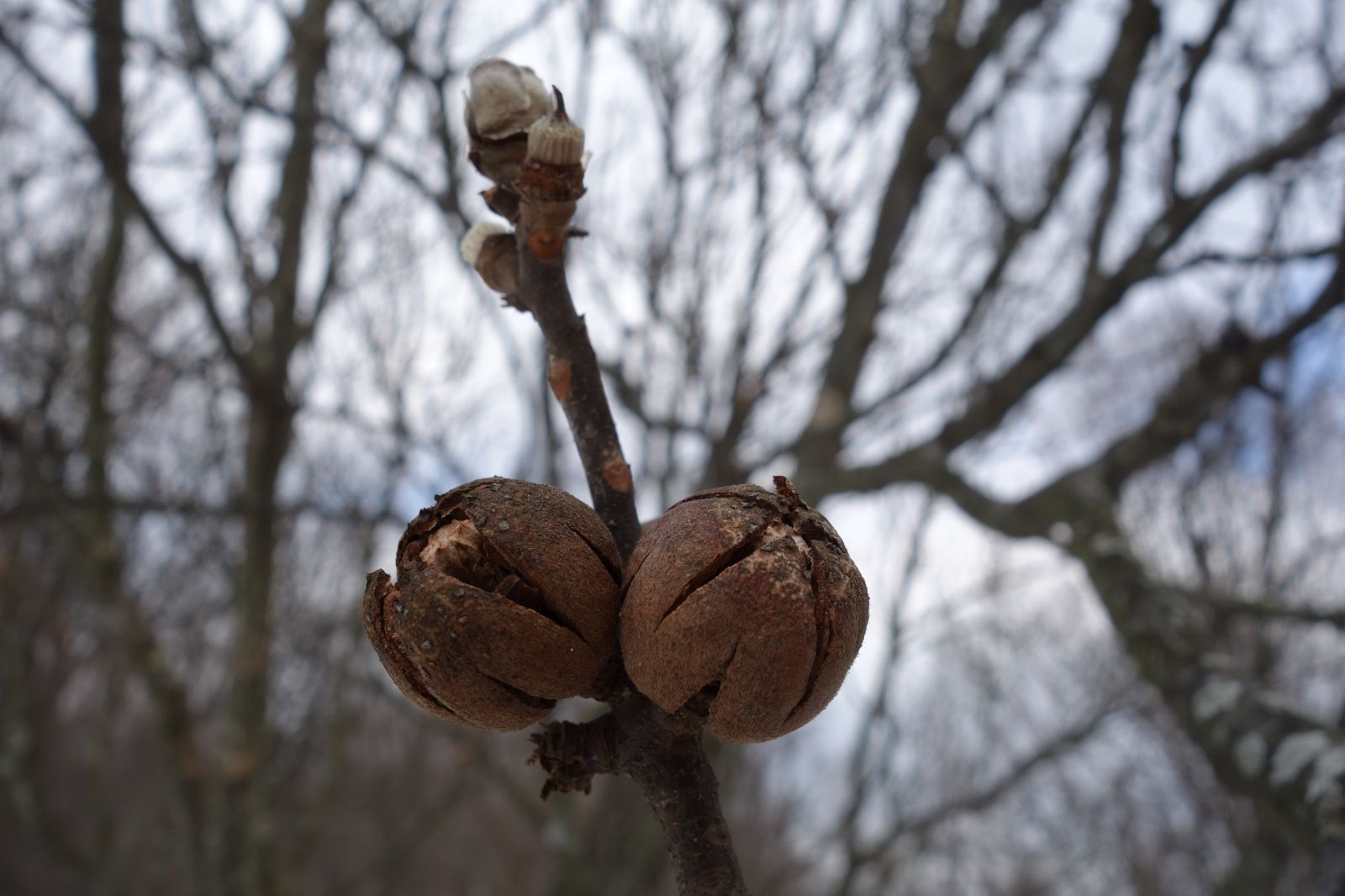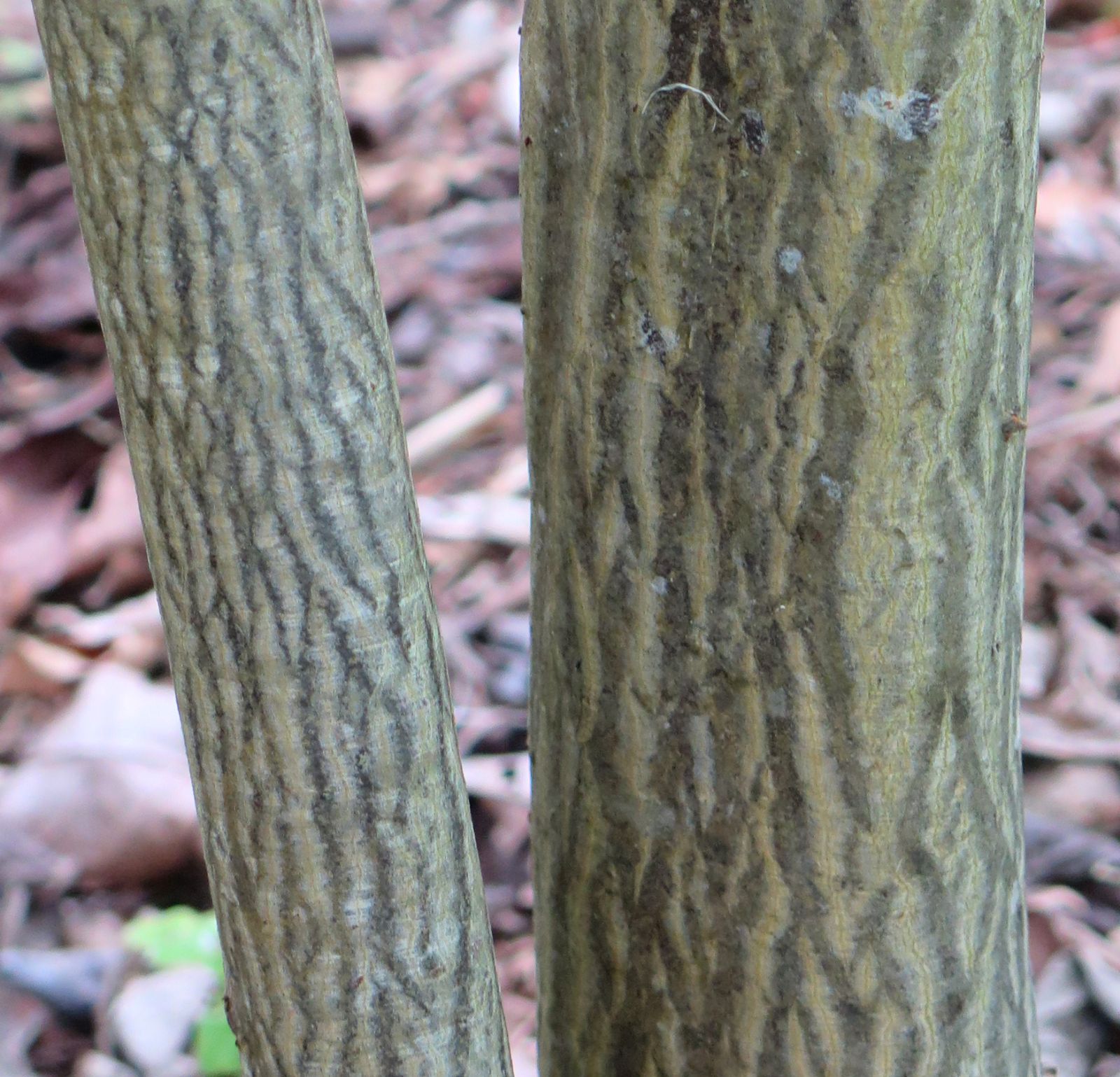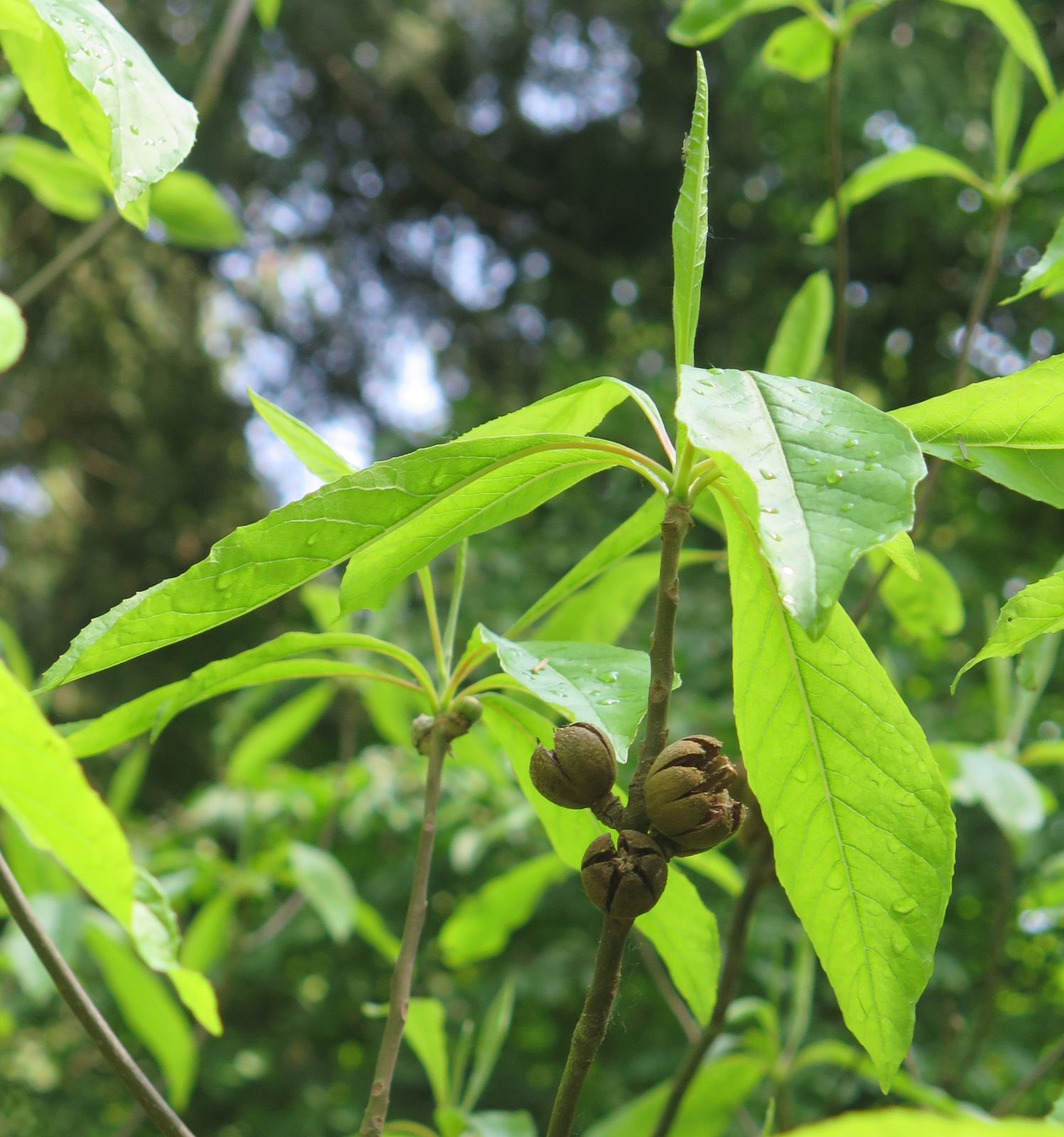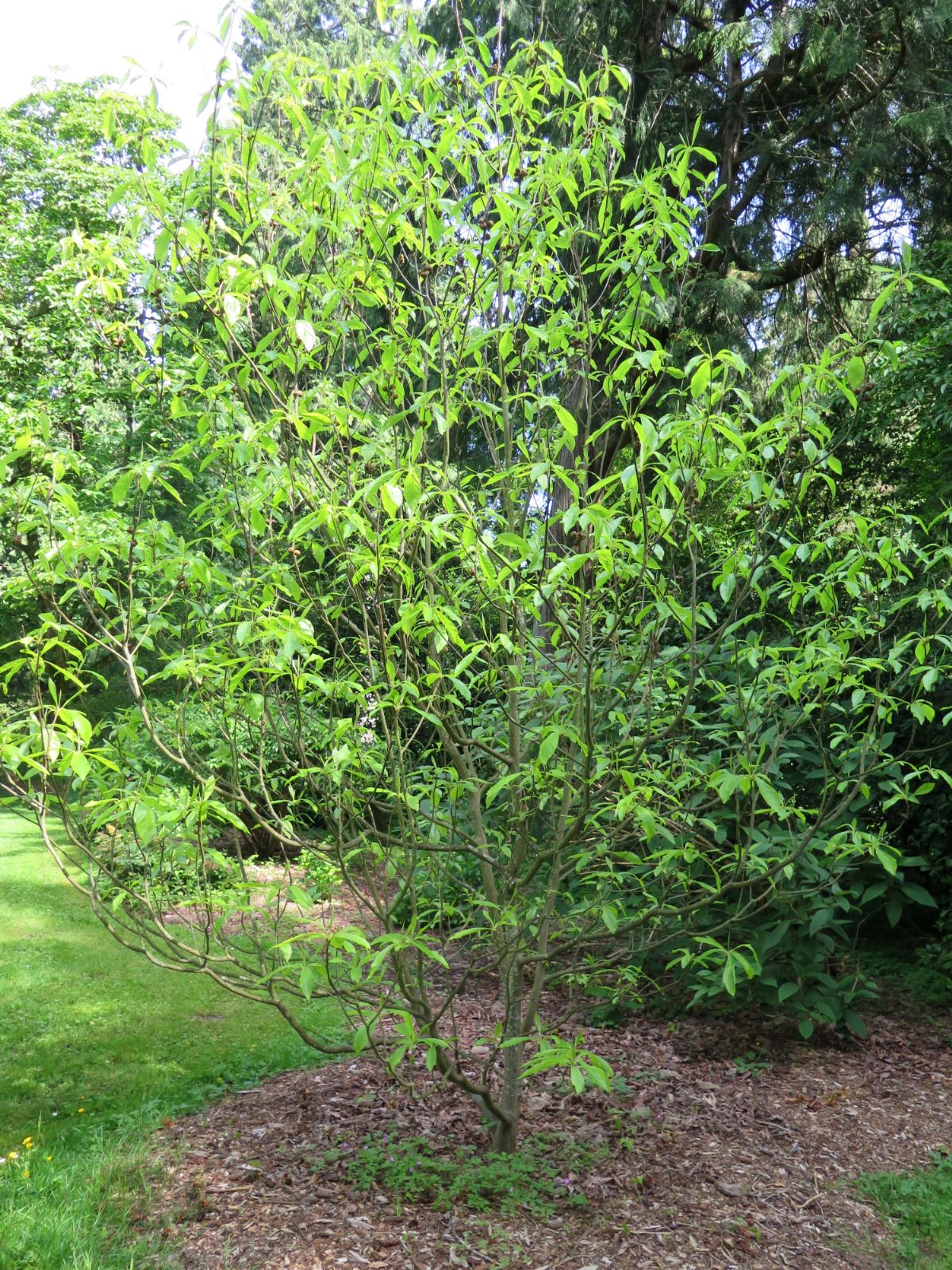Franklinia alatamaha
Credits
Article from Bean's Trees and Shrubs Hardy in the British Isles
Recommended citation
'Franklinia alatamaha' from the website Trees and Shrubs Online (treesandshrubsonline.
Genus
Synonyms
- Gordonia alatamaha (Marsh.) Sarg.
- G. pubescens L'Hérit.
Other taxa in genus
Franklinia alatamaha was first described by Humphrey Marshall in Arbustum Americanum (1785) from a plant cultivated in Philadelphia and under the name chosen by William Bartram. The following description, by William Bartram himself, was published a few years later in his classic Travels (1791):
‘It is a flowering tree, of the first order for beauty and fragrance of blossoms: the tree grows fifteen or twenty feet high, branching alternately; the leaves are oblong, broadest towards their extremities, and terminate with an acute point, which is generally a little reflexed; they are lightly serrated, attenuate downwards, and sessile, or have very short petioles; they are placed in alternate order, and towards the extremities of the twigs are crouded together, but stand more sparsedly below; the flowers are very large, expand themselves perfectly, are of a snow white colour, and ornamented with a crown or tassel of gold coloured refulgent staminae in their centre, the inferior petal or segment of the corolla is hollow, formed like a cap or helmet, and entirely includes the other four, until the moment of expansion; its exterior surface is covered with a short silky hair; the borders of the petals are crisped or plicated: these large white flowers stand single and sessile in the bosom of the leaves, and being near together towards the extremities of the twigs, and usually many expanded at the same time, make a gay appearance: the fruit is a large, round, woody apple or pericarp, opening at each end oppositely by five alternate fissures, containing ten cells, each replete with dry woody cuneiform seed.’ To this it is only necessary to add that the leaves are deciduous, 5 to 6 in. long, downy below, and the flowers up to 3 in. across, borne in late summer and early autumn. The fruits, although splitting into ten segments, are five-celled, not ten-celled as Bartram states, and the flowers are very short-stalked, not sessile.
This species was discovered by John Bartram on the Altamaha river, Georgia, where it was confined to an area of two or three acres, and was introduced to cultivation by his son, who visited the stand in 1778 and found ripe seeds. The species was last seen in the wild in 1790 and is probably now extinct in the wild state. The cultivated plants all descend, it is believed, from those raised in the Bartrams’ garden in Philadelphia, one of which survived into the 20th century.
Although not really tender in southern England, this species needs warmer and longer summers than ours to grow and flower freely. But even in this country the leaves turn a fine scarlet before falling.
From the Supplement (Vol. V)
This species flowered well in the Valley Gardens, Windsor Great Park, in the autumn of 1983.

